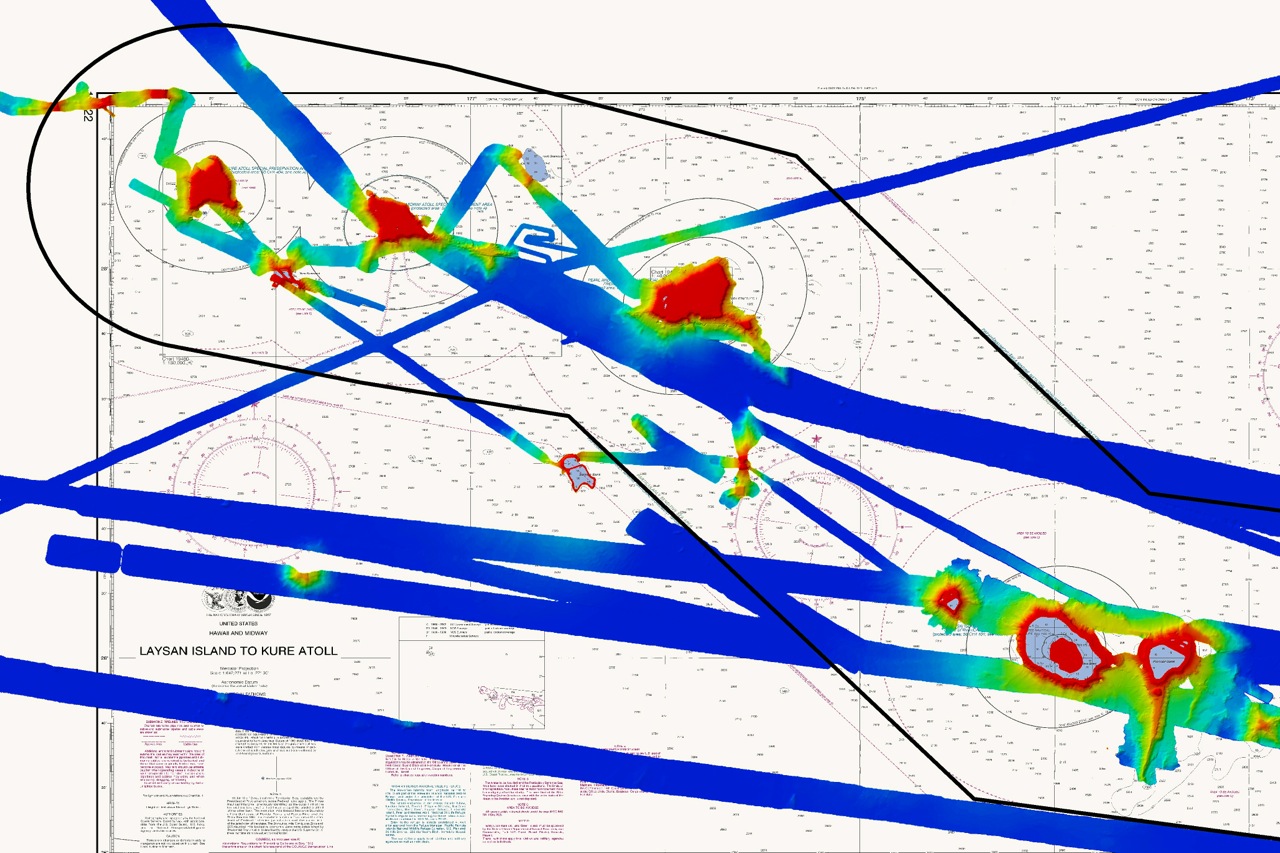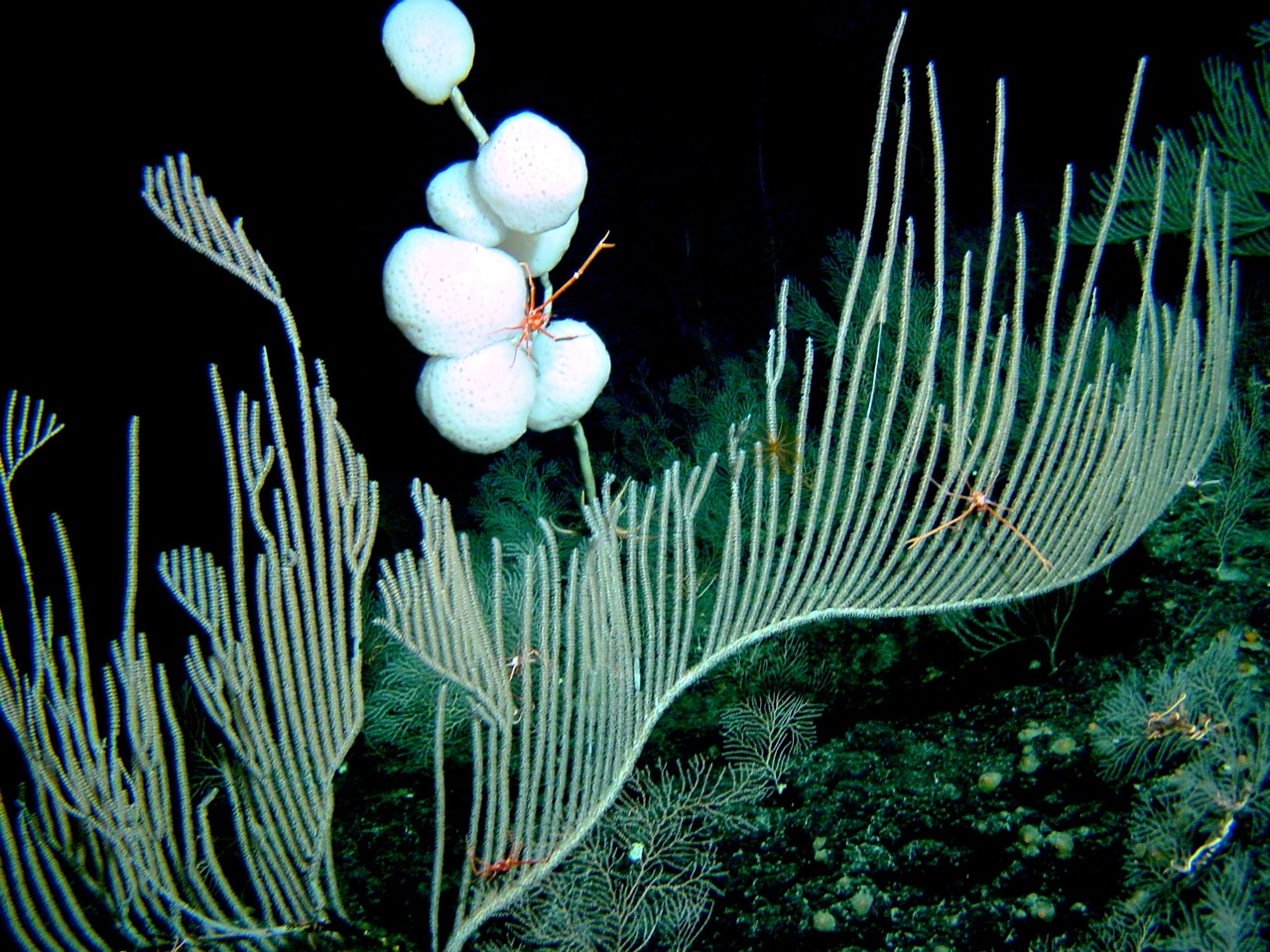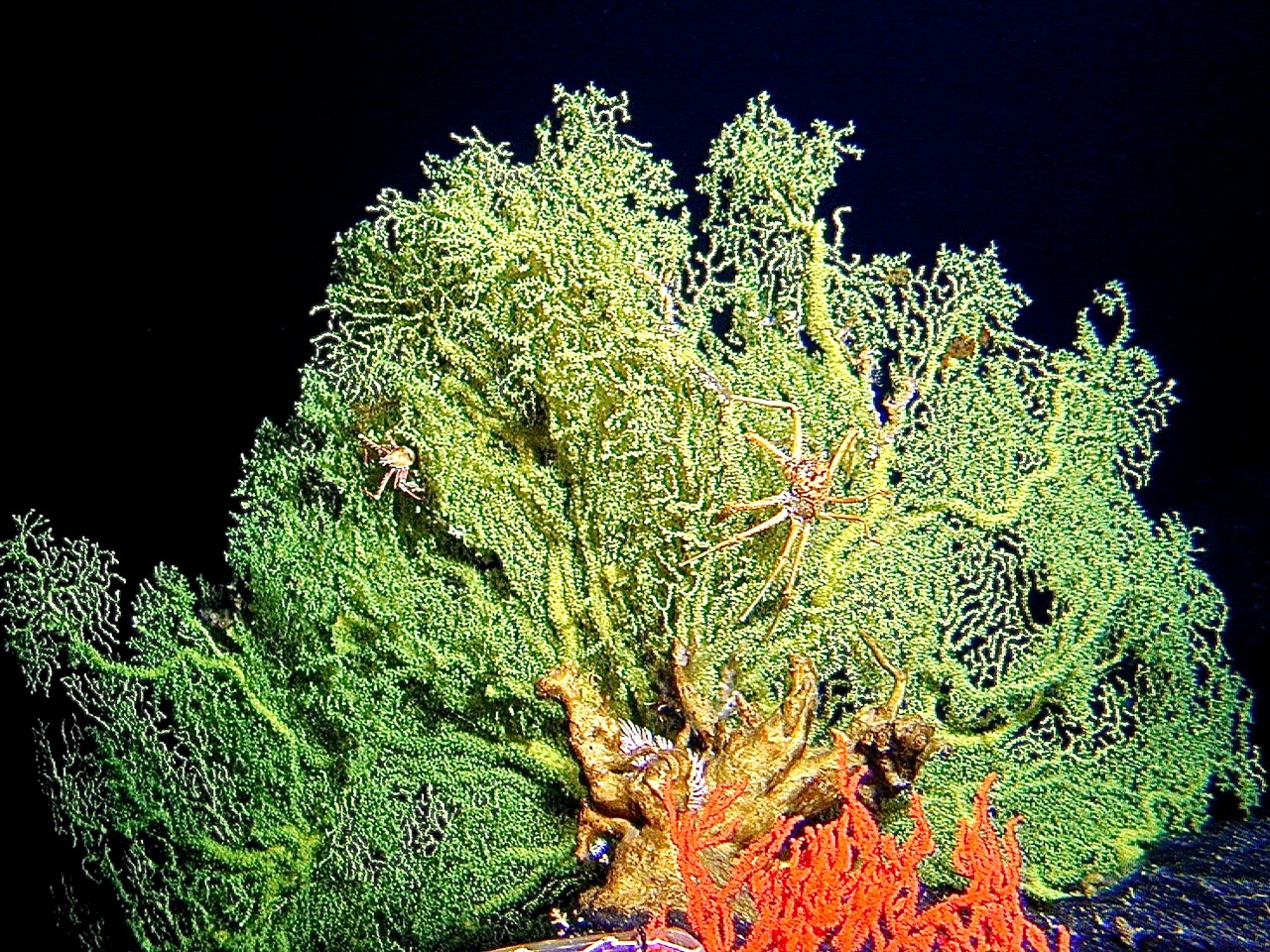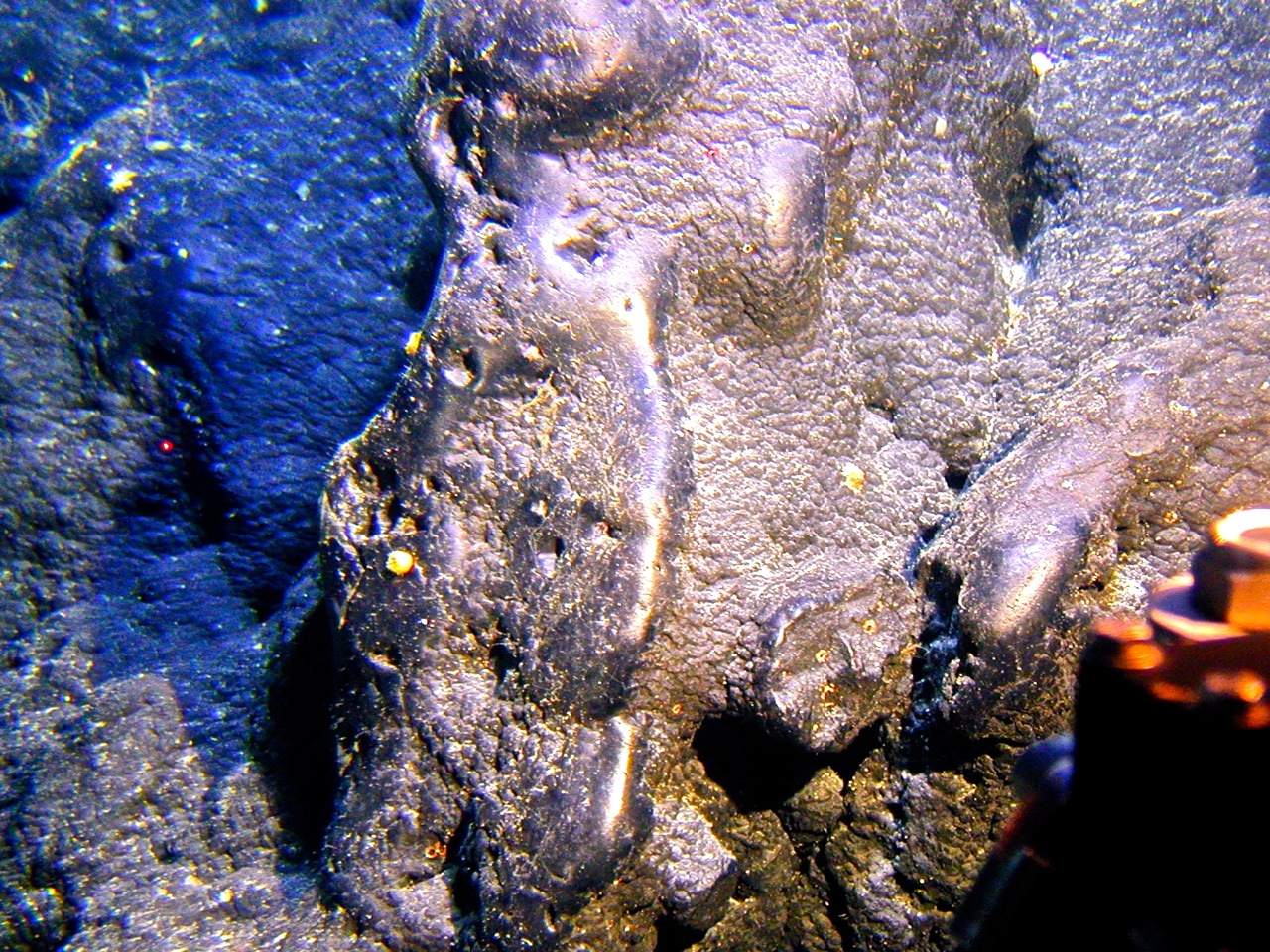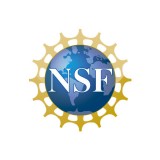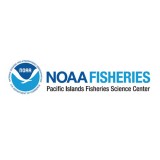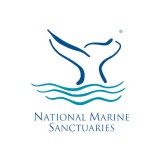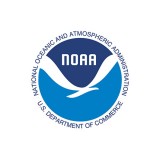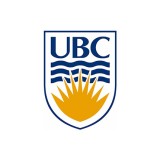The Papahānaumokuākea Marine National Monument in the Northwestern Hawaiian Islands is the largest U.S. marine protected area, comprising some 362,000 square kilometers—an area almost as large as the state of Montana.
The monument includes a range of critical marine habitats, yet over half its seafloor has never been mapped in detail due to limited availability of the high-resolution sonar systems required. On two upcoming cruises, Schmidt Ocean Institute will collaborate with researchers from several US, Canadian, and Australian institutions to produce detailed seafloor maps of a significant portion of that remaining area. In keeping with the mission of Schmidt Ocean Institute, these will be made publicly available as quickly as possible as a starting point for future discoveries and critical research in the region.
The project depends on R/V Falkor’s state-of-the-art seafloor mapping sonar systems, which are among the most advanced in the world. The first cruise goes from March 7th to April 11th, and the second runs from May 2nd to June 6th. Christopher Kelley, a marine biologist at the University of Hawaii (UH) at Manoa will lead both cruises, which will also include scientists from NOAA’s Pacific Islands Fisheries Science Center, the Papahānaumokuākea Marine National Monument, the University of Sydney, and the University of British Columbia, as well as other UH researchers. At least eight students will also be aboard for the second cruise as part of a UH graduate-level course on sonar mapping.
Why We’re Going
The monument is a unique and spectacular resource with some of the healthiest and most extensive shallow coral reefs on the planet. However, some 98 percent of the monument’s area is deeper than 100 meters. Within that realm there are features as remarkable as the shallow reef–though lesser known–including seamounts, ridges, and submerged banks. These are critical habitats for corals, fish and other animals, but researchers simply can’t identify the most important structures for research and protection until they are mapped.
For much of the monument, the best available maps are based on satellite data with resolutions in the 1-kilometer range—much too coarse for identifying any but the largest features of interest. In stark contrast, Falkor’s sonar systems will produce maps 20 to 200 times better, in the 5- to 50-meter resolution range depending on the depth.
One key goal will be to identify likely sites of deep-sea coral and sponge beds Only recently did scientists discover the existence of these beds within the monument in more than 1,000 meters of water. Exploration of the few known sites has already led to the discovery of more than fifty new sponge and coral species. Such results strongly suggest that there are many more new species yet to be discovered in the monument once new beds are mapped.
More common species of deep corals are also of great concern, especially black and gold corals, which are harvested from other parts of Hawaii and used to make jewelry and other items. Gold corals are of added interest because they grow so slowly—sometimes for thousands of years—that they hold important records of past ocean conditions.
Scientists are also working to learn more about coral reefs in the 50- to 150-meter “mesophotic” range. This is deeper than normal scuba depth, but shallow enough that many of the species found there are the same as those on the shallowest reefs. Ongoing research is exploring whether such mesophotic reefs might be havens less susceptible to exploitation, climate change, and other threats and therefore an important source of recruitment for shallower counterparts. Mapping where all the different types of deeper reefs might be found is an essential first step in enabling future research.
There is also significant interest in the region’s geology. For instance, ancient shallow coral reefs that drowned as the earliest Hawaiian Islands formed and receded now hold a detailed record of that process that has spanned millions of years. The big picture mapping offers can help researchers better understand these changes over time.
Many once active volcanoes in the monument are now seamounts found in the 800 to 2,500 m depth range. These are also intriguing because, at these depths, manganese and other important minerals precipitate out of seawater, forming crusts. Manganese is used in various industrial processes, including production of stainless steel. Other minerals from the crusts are similarly valuable. Multiple countries are now working to develop the technology to mine such crust in other parts of the world. Due to the potentially destructive nature of such deepwater mining activities, deep seamounts need to be mapped and surveyed to better understand the communities at risk.
What Will Be Accomplished
The two planned cruises are expected to map up to three quarters of the currently unmapped seafloor area, and most of the significant features in the 50-meter to 4,000-meter range. Once that is accomplished, researchers will be able to analyze the acquired maps to identify areas that are likely to include deepwater corals beds, manganese crust zones, and other key features.
While no commercial extraction activities are allowed within the monument, it is important to understand the extent of natural resources present in order to assess the proportion of what is being protected. The bathymetric maps that will be produced, pending final permit approvals, will aid researchers in this evaluation.
To date, insufficient mapping data has restricted the pace at which scientific discoveries have been made in the region as researchers’ knowledge of areas most critical for exploration and research has been so limited. The planned extensive Falkor mapping work should therefore lead to greatly expanded understanding of and further research in the Papahānaumokuākea Marine National Monument.
The research team will be publishing processed mapping data via multiple routes to ensure that the information is publicly available. Maps will be added to Google Earth, and archived at NOAA’s National Geophysical Data Center, UH, MBARI, and through the national monument. The rapid release of the data will ensure that benefits to discovery, research and protection can be quickly realized.
by Mark Schrope
Data & Publications
The resulting shipboard dataset is being stored at the Rolling Deck to Repository and is now available.
The resulting bathymetric dataset from the multibeam mapping the Papahanaumokuakea Marine National Monument in the Northwestern Hawaiian Islands using R/V Falkor’s Kongsberg EM302 and EM710 is being stored at the Marine Geoscience Data System and is now available. Leg One Data: March 7 – April 11, 2014
- Kelley, C. 2015. New Insights from Seafloor Mapping of a Hawaiian Marine Monument. EOS, 96. DOI: 10.1029/2015/EO030235.
- Kelley, C. 2015. The Strange and Wonderful Seafloor of the Papahanaumokuakea Marine National Monument: New Maps and New Insights from 72 days on the Falkor. Guest Lecturer, Maui Ocean Center, Maui, Hawaii, USA.
- Cruise Report: Revealing Papahanaumokuakea
- Kelly, Chris. 2014. 72 Days on the Falkor: New Maps and New Insights on the Seamounts and Banks in the Papahanaumokuakea Marine National Monument. Seminar Presentation for the Hawaii Institute of Marine Biology, University of Hawaii, 3 September 2014.
- Shapiro, M. 2015. Rediscovering the Northwest Hawaiian Ridge. Invited presentation at the Hawaiian Volcano Observatory Kilauea Volcano. Volcano, HI.
- Tree, J. P., Ito, G., Garcia, M. O., Wessel, P., Shiro, B., Boston, B., Togia, H., Kelley, C., Smith, J. R., Spatial distribution, density structure, and relationship of intrusive and extrusive volcanics of seamounts along the Northwest Hawaiian Ridge, 2014, Abstract ID DI43A-4359. Presented at 2014 Fall Meeting, AGU, San Francisco, Calif., Dec. 15-19.
- Smith J.R., C. Kelley, B. Boston, B. Dechnik, S. Habel, L. Harrison, J. Leonard, F. Lichowski, D. Luers, J.E. Miller, R. Orange, M.A. Patterson, B. Shiro, J. Taylor, H. Togia, J.P. Tree, J. Tucker, D. Wagner, N. Wright. (2014). New R/V Falkor Multibeam Data from the Papahānaumokuākea Marine National Monument in the Northwestern Hawaiian Islands, Oral Presentation, AGU Fall Meeting, San Francisco, CA, USA.
- Cooper, Caroline and Sautter, Leslie. (2016). Geomorphic Analysis of Deep Coral Habitat in the Kaiwi Channel, Hawaiian Islands. Poster Presentation, Ocean Sciences Meeting, New Orleans, LA, USA.
- Foxworth, Lance and Sautter, Leslie. (2016). Deep Coral Habitat Characterization of the North End of Raita Bank, Papahanaumokuakea Marine National Monument in the Northwestern Hawaiian Islands. Poster Presentation, Ocean Sciences Meeting, New Orleans, LA, USA.
- CAPSTONE: 2015 Hohonu Moana: Exploring Deep Waters off Hawaiʻi Bathymetry and Remotely Operated Vehicle (ROV) dive locations from four NOAA Ship Okeanos Explorer cruises Map created by NOAA Office of Ocean Exploration and Research (OER). Background data Source: Esri, DigitalGlobe, GeoEye, Earthstar Geographics, CNES/Airbus DS, USDA, USGS, AEX, Getmapping, Aerogrid, IGN, IGP, swisstopo, and the GIS User Community.
- Bingo, S., Kelley, C., Putts, M., and Moriwake, V. (2018). Identifying and Characterizing High-Density Coral and Sponge Communities on Deep Seamount Ridges Within Papahānaumokuākea Marine National Monument. Oral Presentation, Symposium on Science in Support of Archipelagic Management, Honolulu, HI, USA.
- Smith, J. and J. Tree. (2018). New Marine Geological Maps for the Northwestern Hawaiian Ridge promote a detailed reexamination of giant landslides and their source volcanoes within a 25 Myr context. Oral Presentation, AGU Fall Meeting, Washington, D.C.
- Smith, J. and J. Tree. (2018). New Marine Geological maps reveal the complexity and deep-sea habitability of the northwestern Hawaiian Ridge. Oral Presentation, Symposium on Science in Support of Archipelagic Management, Honolulu, HI, USA.
- Smith, J. (2018). Geological Mapping of Seamounts and Other Features in the Pacific Marine Protected Areas. Oral Presentation, NOAA Inouye Regional Center distinguished lecture series, Honolulu, HI, USA.
- Garcia, M., Tree, J., Wessel, P., and J. Smith. (2020). Puhahonu: Earth's biggest and hottest shield volcano. J. Earth and Planetary Science Letters, 542, doi: 10.1016/j.epsl.2020.116296. [This article is OPEN ACCESS until June 26].
